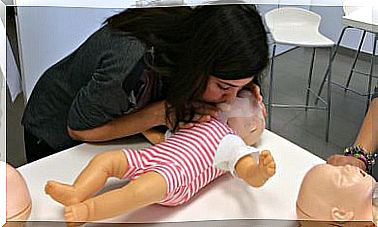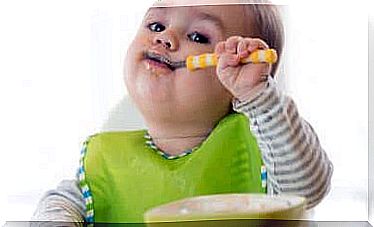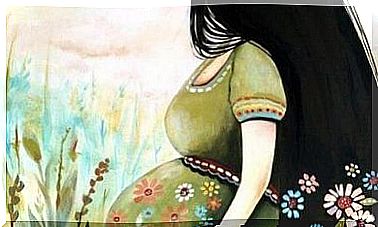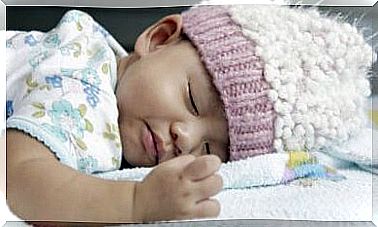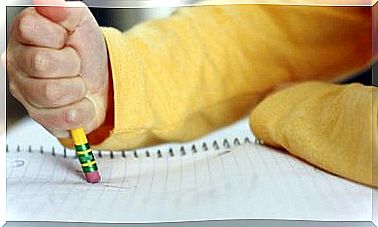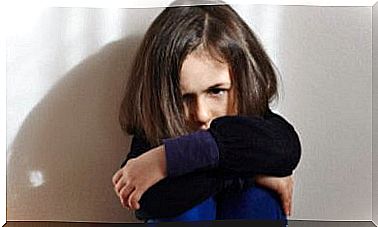What Happens Right After The Baby Is Born?

Immediately after the baby is born , various routines are carried out to analyze the baby’s health and guarantee its well-being. In this way it can be determined whether everything is in order and whether the little earthling can soon leave the hospital with his mother.
The obstetricians have daily experience in this area, but everything is exciting for the new parents and also new for the first child.
The various examinations right after the baby is born often seem like forever to parents, but they are necessary to rule out possible complications.
What happens in the delivery room right after the baby is born?
In the presence of the parents, various examinations are carried out in the delivery room immediately after the baby is born. In addition, certain hygiene measures are taken and the little baby is weighed and measured.
The most important routine examinations and actions include the following:
Identification of the newborn
The child can be identified as long as it is in the mother’s arms. Immediately after the baby is born, it is given a band (on the wrist and / or ankle) with which it can be identified during the hospital stay.
The same data is used to identify the mother after delivery.

Correct labeling is essential to avoid possible mix-ups. It is best to place the identification on the hand and foot in such a way that it cannot be accidentally or intentionally removed. The license plate can be compared to an identity card.
In some cases, a few drops of blood are taken from the umbilical cord in order to document the child’s genetic characteristics and, if necessary, to carry out genetic identification.
After the child is born: weight, height and head circumference
The small child can be weighed and measured in peace for the first 24 hours of life. However, in most hospitals, weight, height, and head circumference are determined in the first few minutes after the baby is born.
However, it is important that the baby feel the warmth and calm of its mother for the first few hours after delivery. Then it can be weighed and measured to find out whether the dimensions are within the normal range.
Tables with average values are used for comparison, whereby the gender of the child is also taken into account.
APGAR test after the child is born
It is a quick, non-invasive exam that is done during the child’s first few minutes of life. The health status of the newborn is assessed with the APGAR score (breathing, pulse, muscle tone, skin color, reflexes). The baby does not have to be separated from its mother.
Prophylaxis against neonatal ophthalmia
The newborn’s eyes are examined and, in some cases, an antibiotic ointment is used to prevent possible infections. In the first hours of life, the baby is given eye drops.
Vitamin K
To prevent neonatorial haemorrhagic disease, all newborns are given prophylactic vitamin K. One should not wait before administering this vitamin, which can be given orally or with the help of a syringe. Both types have the same effect.
Hepatitis B vaccination
Usually, newborns receive a hepatitis B vaccination. However, the parents can make the decision themselves.
Skin contact is required right after the baby is born!
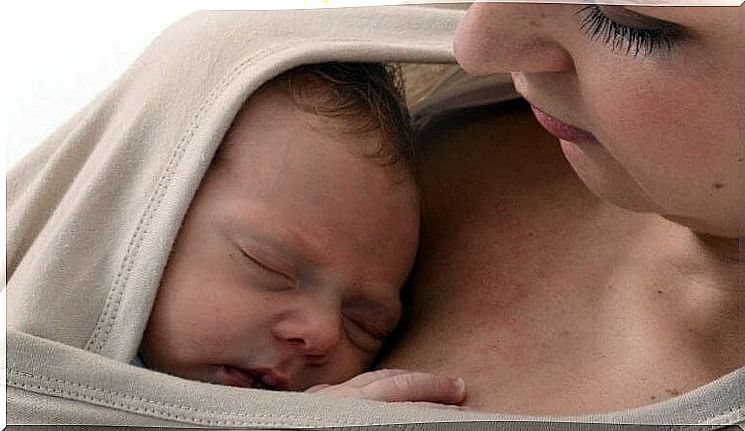
After the baby is born, its mother should be able to feel it right on her skin. It is covered with a towel or blanket to prevent heat loss. Skin contact is essential even after a caesarean section!
Benefits of skin contact after the baby is born
- The baby continues to hear the mother’s heartbeat. The mother’s skin contact and smell also promote the affective bond between mother and child.
- The baby will instinctively try to find the mother’s nipple to meet his needs.
- If the newborn is healthy and adapts well to its new environment, it can stay with its mother. The first maintenance can be done here.
- If the baby is sick or has any difficulties, skin contact with the mother is especially important. It then has a greater need to reap the benefits of its mother. This is also important in order to stimulate milk production and to be able to breastfeed the baby.
